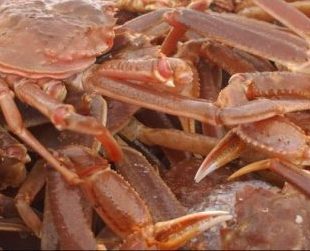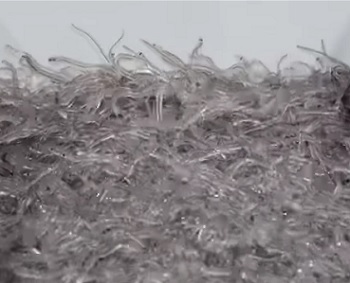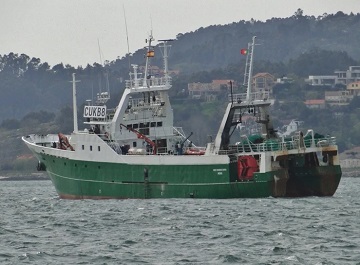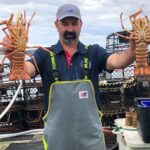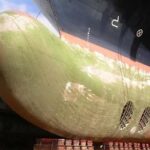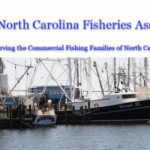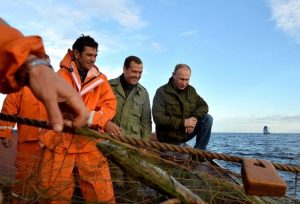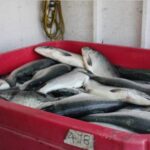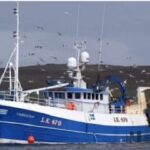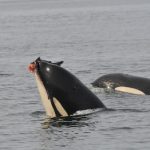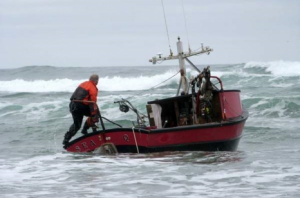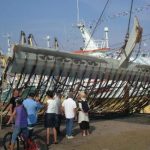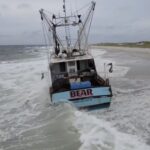Tag Archives: DFO
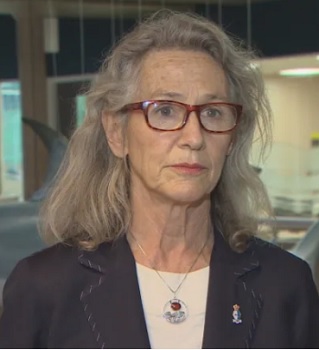
NLGIDC concerned with the recent announcement regarding Northern Gulf Cod
Similar to many NL fishing industry associations and the Province of NL, The Newfoundland and Labrador Groundfish Industry Development Council (NLGIDC) is also concerned with federal Fisheries Minister Joyce Murry’s decision to place a one-year moratorium in the Northern Gulf Cod stock. “This was a small fishery, however the total closure will have negative impacts on harvesters and processors as well as coastal communities on the west coast of Newfoundland and Labrador and the Lower North Shore of Quebec,” says Jim Baird, the Chair Person of the NLGIDC. >click to continue< 15:29

The cod delusion – A moratorium on cod fishing that was supposed to last two years has now lasted 30.
Three decades on, the latest DFO science still puts Atlantic cod in the critical zone. “I hope politicians and bureaucrats in Ottawa have learned something, because I’ve learned something: the moratorium was the biggest catastrophe ever heaped on the people in this province, ever. Nothing has been as bad as this,” says Captain Saunders, an 80-year-old Inuk. Seated in the wheelhouse of his longliner, docked in Pinsent’s Arm in late September 2021, Saunders speaks with the authority of someone with six decades of fishing experience, backed by centuries of hindsight. “Newfoundland and Labrador people fished for 500 years and didn’t damage the stocks. What Canada done was an atrocity in my opinion. It ruined a way of life. It ruined culture. All the stages, stage heads, they’re all falling apart, they’re all deteriorated — that’s the government did that.” >click to read< 17:40
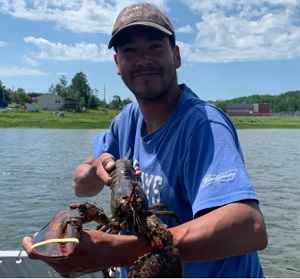
Pictou Landing reports peaceful season of moderate livelihood lobster fishery
Generations of Craig Francis’s family have fished the waters between Nova Scotia and Prince Edward Island, so being a part of Pictou Landing First Nation’s moderate livelihood fishery is a big deal for him. “It’s nice to have our rights recognized,” he said. “We were given these inherent rights, so to go out and do that on our own and have support with DFO and local fishermen is pretty good.” Francis is one of the community members designated by the First Nation to fish lobster under the plan. It’s the community’s first moderate livelihood plan with an understanding from Fisheries and Oceans Canada. >click to read< 06:57
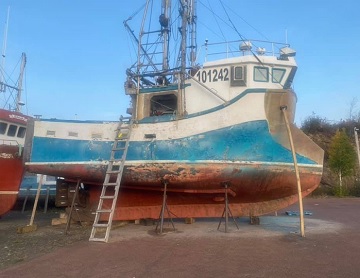
Days of chopping off fishing boats over; DFO to increase maximum inshore vessel length to 49’11
“The days of chopping off boats are over. This is a massive victory for inshore harvesters in what is now the under 40’ fleet,” says Jason Sullivan, President of SEA-NL, and Bay Bulls-based inshore owner-operator. “We have fought DFO in this province and the FFAW for years to be treated the same as the rest of Atlantic Canada in terms of vessel length, and today we finally have a victory that puts the safety and lives of inshore harvesters first.” The news was announced this morning by Avalon MP Ken McDonald, chair of the House of Commons Standing Committee on Fisheries and Oceans, who, along with SEA-NL and FISH-NL before it, fought for years to change the vessel-length policy. >click to read< 10:53

Concerns on P.E.I. about the risk foreign bait might pose to ecosystem
In March, DFO put a moratorium on commercial fishing for herring in the Gulf of St. Lawrence and mackerel across the East Coast, saying urgent action is required to allow those fish stocks to recover. That moratorium led to fears of a shortage of bait for use in the lucrative Maritime lobster fishery. Mark Prevost, the co-owner of the Bait Masters alternative bait company in Nine Mile Creek, P.E.I., appeared before a federal fisheries committee earlier this week. He is calling on the federal government to regulate the kinds of fish being used for bait. >click to read< 15:36
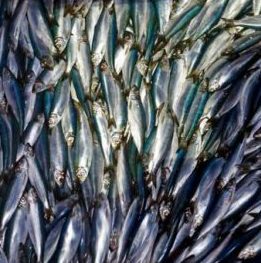
N.S., N.B. herring fishery swallows 33 per cent quota cut
Fisheries and Oceans Canada (DFO) reduced the 2022 quota, or total allowable catch, from 35,000 tonnes to 23,450 tonnes, but environmentalists say the cut does not go far enough to rebuild the stock. The Bay of Fundy Herring Industry said the TAC for this year “will create challenges for industry but is at a level that will help protect jobs, businesses and communities in the region that rely on the fishery.” DFO echoed industry in its announcement, saying its decision was a balance. This decision reduces pressure on this stock, while recognizing the needs of communities that depend on this fishery for jobs and bait,” >click to read< 13:24
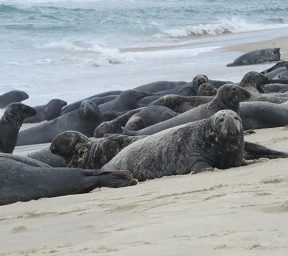
Grey seals eat into another fish population in the Gulf of St. Lawrence
Grey seals are eating into another fish species in the southern Gulf of St. Lawrence, driving a serious decline in the abundance of yellowtail flounder, according to a new report from Fisheries and Oceans Canada (DFO). Federal scientists assessed the flatfish species in the southern gulf over the past 25 years up to 2020 and projected the population to 2030. The results are stark. The number of yellowtail flounder six-years and older is believed to have declined by 95 per cent since the mid-1980s. There is a 100 per cent probability the population will remain in the critical zone where serious harm occurs whatever the level of commercial fishing, the report says. >click to read< 08:39
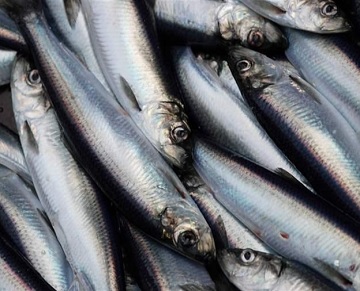
Management Plan Released for Atlantic Herring in Southwest Nova Scotia and the Bay of Fundy
Atlantic herring is a vital species in Atlantic Canada. As one of the largest commercial fisheries in Atlantic Canada, the Southwest Nova Scotia / Bay of Fundy herring stock directly or indirectly employs more than 1,000 people in rural Nova Scotia and New Brunswick and contributes over $140 million to the local economy. Atlantic herring is also an important source of bait for other commercial fisheries, such as lobster and snow crab. Despite a number of measures taken in recent years to encourage rebuilding, the Southwest Nova Scotia / Bay of Fundy Atlantic herring stock remains in the critical zone. Stronger sustainable management actions are needed to protect this important species and return it to abundance. >click to read< 13:29

N.L. MP vows he’s ‘gonna keep pushing’ forward on seal management legislation
Clifford Small may have lost a battle in his bid to convince the House of Commons of the need for legislation to manage seal populations, but the Newfoundland and Labrador Conservative MP says he’s not about to give up the fight. Small’s private members’ bill, Act for the Conservation of Fish Stocks and Management of Pinnipeds (seals), or Bill C-251, died when it came to the House for second reading on June 15. There’s more than one way to move a bill through the parliamentary process, said Small. Bills can start in the House or they can be introduced through the Senate, he said, indicating that’s the path he may pursue next. >click to read< 14:20

Herring and Mackerel fishing ban: Pelagic fishers from southern Gaspésie appeal for help to Ottawa
This decision had been taken, two days before the opening of the commercial herring fishery, by DFO in order to regenerate the stocks of the two species which would be in critical area
. Since then, pelagic fishermen have received no response from Ottawa, which is slow to decide on possible financial compensation. According to the president of the Association of Professional Pelagic Fishermen of Southern Gaspésie, Ghislain Collin, a dozen fishermen are currently in a very critical position. Captain Tom Langelier is one of those fishermen who lives only from herring and mackerel fishing. >click to read< 09:04
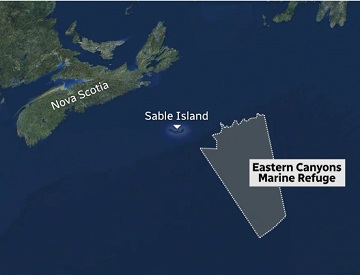
Huge deep-water area off N.S. declared a marine refuge – will be off limits to almost all fishing
An area off Nova Scotia’s coast nearly four times the size of Cape Breton was declared a marine refuge by Canada on Wednesday — World Oceans Day. Eastern Canyons Marine Refuge is a 44,000 square kilometre swath of ocean running from the edge of the continental shelf near Sable Island to Canada’s exclusive economic zone more than 300 kilometres offshore. All bottom-contact fisheries, including trawls, traps, and longlines, will be prohibited inside the marine refuge, with the exception of one fishing zone for smaller vessels that use longlines. It was criticized by some in Nova Scotia’s lucrative halibut fishery which will be blocked from most of the area. >click to read< 14:55

DFO undertaking major hiring wave for enforcement officers
The Department of Fisheries and Oceans is looking to hire more enforcement officers in departments all across Canada. In a hiring notice posted on Friday DFO indicated they need more staff in all seven of the nation’s fisheries. No word yet on how many positions they are looking to fill. Once fully trained DFO enforcement officers make between $66,610-$75,733 per year (DFO salaries are currently under review). Fisheries Critic and South Shore-St.Margarets MP Rick Perkins, “Since the first Trudeua government, there has been an increase in DFO executive positions from 65 to 178, with all those earning the highest pay available in the DFO.”. He wonders why that is nessecary as more fisheries have closed in that period. >click to read< 08:14

We’koqma’q gets federal approval for moderate livelihood fishery
We’koqma’q First Nation in Cape Breton reached an understanding with the Department of Fisheries and Oceans this week. Certain harvesters can now fish lobster and sell the harvest during the established 2022 commercial seasons in Lobster Fishing Areas 27 and 31A, which run until mid-July and the the end of June, respectively. “Our harvesters continued to voice how they wanted to be able to exercise their Treaty Rights safely and they are excited to be able to provide for their families and our community through exercising their inherent rights,” said We’koqma’q Chief Annie Bernard-Daisley in a release Friday. Both fishing areas are off the Cape Breton coast. There will be a limit of 210 traps per fishing area, according to a DFO release. > click to read < 14:18
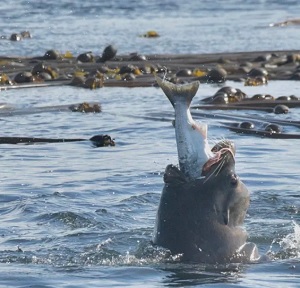
Are sea lions and seals eating too much of B.C.’s salmon? The answer may lead to a cull
An increasing number of the protected seals and sea lions (larger than seals, sea lions can walk) may be upsetting the balance of the British Columbia marine ecosystem. Now some First Nations are proposing a cull. “Environmentalists trying to stop traditional seal and sea lion hunts … are trying to starve out the Indians,” says Tom Sewid of the Kwakwak’wakw First Nation on northeastern Vancouver Island. “I won’t put up with it.” And as seals and sea lions have prospered, salmon have struggled. “The demise of the salmon runs in British Columbia is equivalent if not greater than the extinction of the great buffalo herds across the Great Plains” in the 1800s, says Sewid. > click to read < 09:01
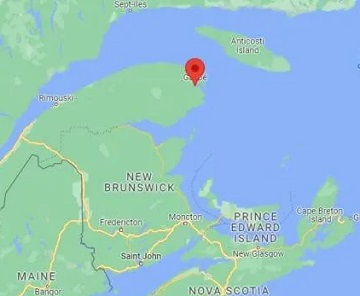
Search underway for entangled North Atlantic right whale spotted in Gulf of St. Lawrence
The whale has been identified as a 14-year-old female, known as Sundog (EG 3823), according to a news release issued Friday. Marine mammal response partners are on standby. “If the whale is located, and weather and sea conditions allow, efforts may be made in the coming days to attempt disentanglement,” the release states. “We do not yet know the type of gear that the whale is entangled in or where the gear came from.” The whale was last seen on March 11, near Cape Cod, Mass. >click to read< 18:09
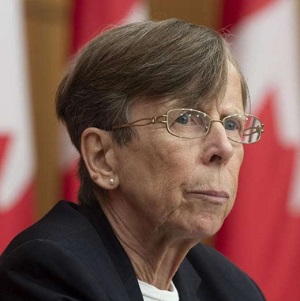
Transport Canada – DFO issuing fishing licences in N.L. without checking boat registrations
An investigation into a fatal 2020 fishing accident in Newfoundland has prompted the Transportation Safety Board to call on the federal Fisheries Department to change the way it issues fishing licences. The board is asking the department to ensure all Canadian commercial fishing vessels are registered with Transport Canada before issuing fishing licences. Safety board chair Kathy Fox said Wednesday that an investigation into the sinking of a crab fishing boat that killed four men revealed that more than 4,000 fishing vessels in Newfoundland and Labrador were registered with the Fisheries Department but not with Transport Canada. > click to read < 12:01
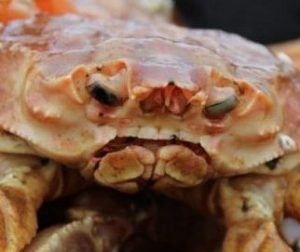
Snow crab fishermen plead guilty for failing to accurately report catch weight
A number of snow crab fishers pleaded guilty in a P.E.I. court Thursday to violations of the Fisheries Act following a Department of Fisheries and Oceans investigation of landings at a Souris wharf in recent years. A total of 13 people are charged. The three fishermen in court in Georgetown Thursday pleaded guilty to charges of failing to accurately report the weight of their catches of snow crab in accordance with the Fisheries Act. Also pleading guilty was a woman who worked on the dock monitoring crab catches. Court heard the fishers unloaded the catches in Souris between June of 2019 and May of 2020 at Souris wharf. >click to read< 19:12
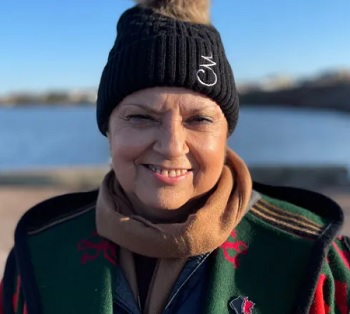
Lennox Island, DFO reach ‘interim understanding’ on lobster treaty fishery
The fishery hadn’t been authorized by DFO before it launched on May 7, which meant it could have been subject to enforcement including trap seizures or fines. “We have continued discussions with DFO in the hopes of reaching some kind of understanding that would see our community members able to exercise our treaty right to fish and harvest lobster, while respecting conservation and sustainability,” Chief Darlene Bernard said in a written release. >click to read< 17:18
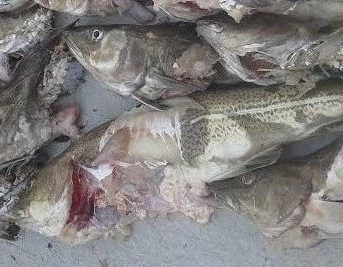
Woefully inadequate – DFO’s science on impact of seal population doesn’t go nearly far enough
Efforts by the Department of Fisheries and Oceans to measure the impact of the massive seal population in Atlantic Canada are “woefully inadequate,” according to a newly released task force report. The industry-led report, which was commissioned by DFO, disputes the department’s claims that, for the most part, seals are not harming fish populations. Industry has long argued that seals are having significant impacts on groundfish stocks, pelagic stocks, shellfish and salmon. >click to read< 09:13
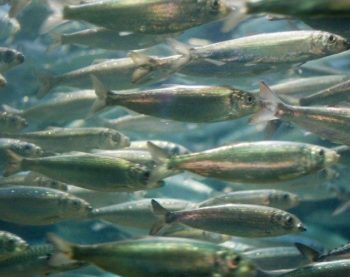
Proposed herring quota would put lobster fishermen in a pinch for bait
The Department of Fisheries and Oceans is pursuing a commercial quota on herring for areas off Southwest Nova Scotia and the Bay of Fundy. DFO is proposing the use of a new stock modeling process, that could see quotas slashed to 13,050 tonnes from 35,000 tonnes, a 62 per cent reduction. Commercial herring fishing operators have already voiced their opposition to those plans, including Bay of Fundy Herring Industry who in a statement proposed a compromise of lowering their quota to 25,000 tonnes from 35,000 tonnes for the 2022 season. >click to read< 19:52

No incidents, but tension simmering as Lennox Island launches treaty fishery
“Everything went smooth and no trouble and it was a great day,” said Kyle Sark, captain of the lobster boat Way Point. The treaty fishers were able to set about 240 traps on Saturday, but plan to set 1,000 in what they say represents the “moderate livelihood” to which they are entitled. They said they have had trouble launching boats, because local boat-moving companies say non-Indigenous fishermen have threatened to boycott them. And with no understanding with DFO in place, it is raising tensions in the fishing community. PEIFA strongly advocates for peace on the water leaving any enforcement related to this unauthorized fishery to DFO and other authorities. >click to read< 15:19
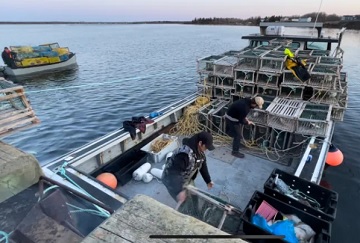
Lennox Island treaty lobster fishery gets underway without government approval
Treaty fishers set out following a morning ceremony at the island’s harbour, a week after the P.E.I. First Nation announced it would launch a moderate living fishery without authorization from the federal government. The initial plan was to set 1,000 lobster traps during the first day of the fishery. But Chief Darlene Bernard said they had to lower that target because some of the fishers did not have enough time to prepare. The decision to launch the fishery without the government’s authorization follows two years of negotiations between Lennox Island and the Department of Fisheries and Oceans that broke down last week. >click to read< 10:08
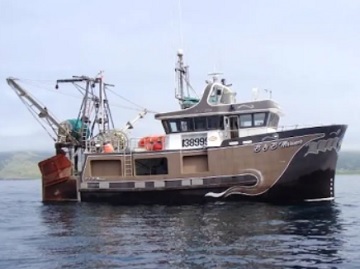
Slashed shrimp quotas cause worries for Newfoundland and Labrador captains
A couple weeks ago Brad Genge made a million-dollar bet on the future of shrimp. He bought another shrimp licence. Now he can only hope it pays off. Genge has been fishing out of Flower’s Cove, a community on Newfoundland’s Great Northern Peninsula, with his father Ren for about three decades. This is the 16th season for their longliner, B and B Mariner. And when another captain decided to retire and sell his enterprise, Genge saw it  as a chance to grow his own. These days the only way to get more shrimp quota is to buy it from someone willing to sell. Genge has invested heavily to secure three shrimp quotas in the Gulf, in an area near Port aux Choix, and four in the northern zone, off St. Anthony. It comes with risk, considering the shrimp biomass and the quotas have been declining. >click to read< 15:15
as a chance to grow his own. These days the only way to get more shrimp quota is to buy it from someone willing to sell. Genge has invested heavily to secure three shrimp quotas in the Gulf, in an area near Port aux Choix, and four in the northern zone, off St. Anthony. It comes with risk, considering the shrimp biomass and the quotas have been declining. >click to read< 15:15
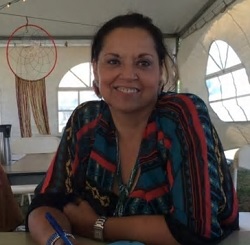
Why Lennox Island First Nation is launching a treaty fishery without federal approval
Prince Edward Island’s Lennox Island First Nation is set to launch its first moderate livelihood fishery, or treaty fishery on Saturday. The fishery is not authorized by the Department of Fisheries and Oceans, after negotiations to reach an agreement were unsuccessful, but the First Nation says it doesn’t have to be. To understand the significance of the decision to proceed without a nation-to-nation agreement in place, it’s important to know the history of the ongoing debate and the unique treaty rights held by the Mi’kmaq as the original inhabitants of the Maritime region. >click to read< 11:13

Another big Maritime fishery quota cut looming
Another Maritime fishery is facing a big quota cut this year. The only question is how big. This time it is the large herring fishery in southwestern Nova Scotia and the Bay of Fundy. The stock is in the critical zone where serious harm is occurring, but the fishery employs hundreds of people in Nova Scotia and New Brunswick. What happens next will again test how far Canada’s fisheries minister is willing to go to rebuild a depleted stock. >click to read< 09:35
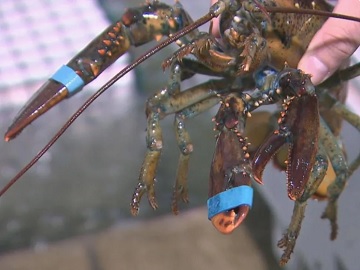
Last lobster season for ‘canners’ – More lobster is the goal
New Brunswick lobster fishermen along the Bay of Chaleur, Acadian Peninsula and Miramichi Bay are setting their traps for the 2022 season Tuesday and this is the last year they’ll be fishing for two different size and price classes. Members of the Maritime Fishermen’s Union in Lobster Fishing Area 23 voted 75 per cent in favour of phasing out the “canner” size, a spokesperson for the group confirmed. Indigenous organizations were also consulted about the change, the Department of Fisheries and Oceans said in a news release. >click to read< 12:30
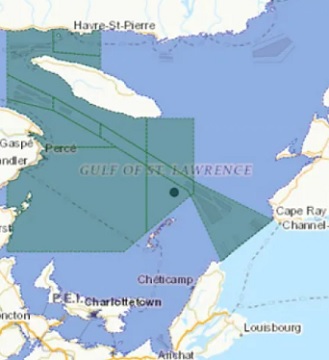
1st Right whale of season spotted in Gulf of St. Lawrence, triggers fishing closure
A surveillance aircraft spotted the whale in the Gulf, north of the Magdalen Islands, on Tuesday, the federal government announced Wednesday afternoon. There is now a 15-day fishing closure in specific fishing grids in the southern Gulf, north of the islands, according to a news release issued by Fisheries and Oceans Canada and the Canadian Coast Guard. In March, the Canadian government announced its fishery and vessel management measures for the 2022 season to protect the endangered whales from entanglements and ship strikes as they migrate into Canadian waters. >click to read< 18:22






